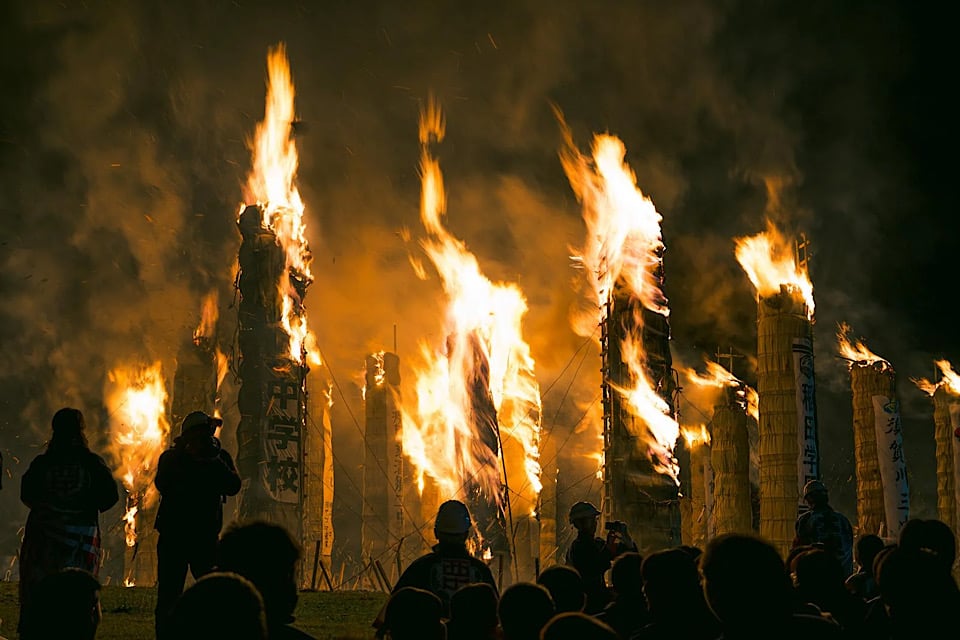
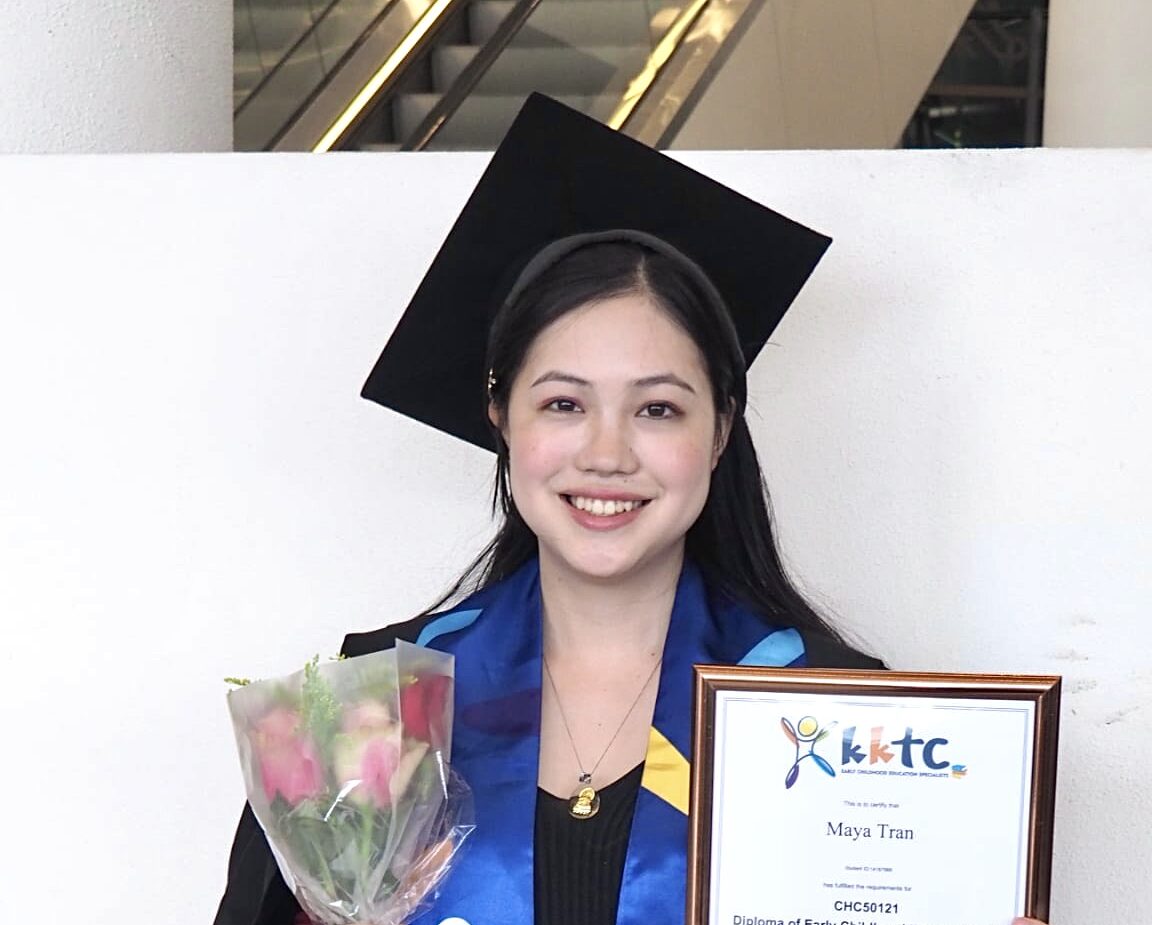
“Japanese Festivals Are Celebrations for the Gods!”
Summer festivals are so much fun, aren’t they? Many of you may have wonderful memories of enjoying music, dancing, and drinking beer with friends during summer.
Japan also has a tradition of holding festivals in the summer. However, Japanese festivals are a little different from parades or dance events you might be familiar with.
They are actually a form of worship dedicated to the gods.
By joining a Japanese festival, you can experience this special aspect of Japanese culture firsthand.
In this article, we will introduce:
・Delicious foods and events you can enjoy at festivals
・Recommended festivals to visit in Japan
・Tips for avoiding crowds and enjoying festivals more comfortably
Please enjoy reading and learning about these unique cultural celebrations!
What is a Japanese Summer Festival?
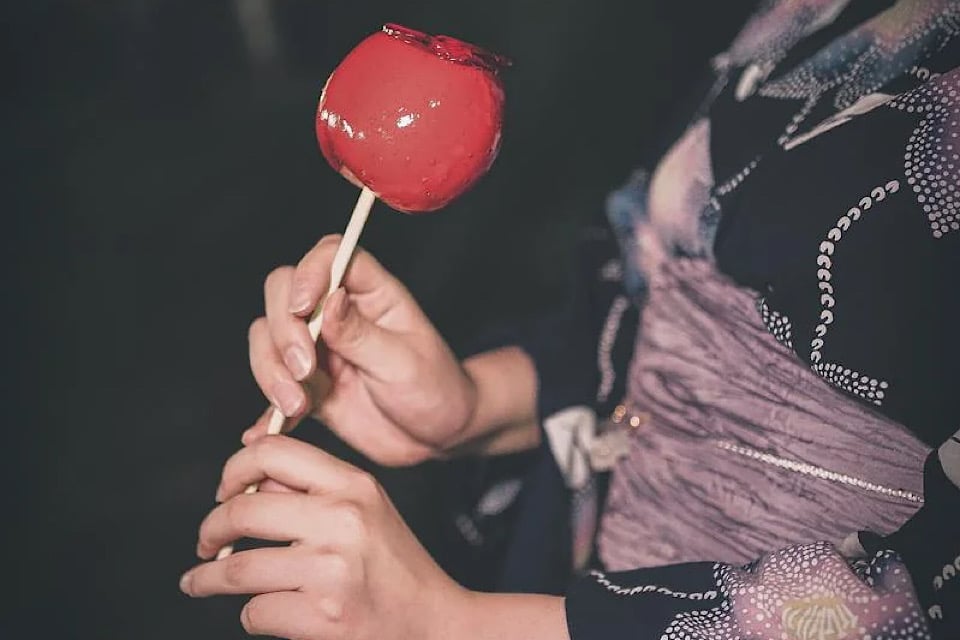
In many countries outside Japan, festivals often involve dancing together, drinking beer, and enjoying music — events with a strong entertainment focus. However, Japanese festivals are somewhat different. Let’s take a closer look at what Japanese festivals are really like.
Not Just a Festival
Japanese festivals originally began as ceremonies to pray for a bountiful harvest and to give thanks to the gods for providing abundant food. Even today, many festivals are held to express gratitude to the gods and to pray for peace and safety throughout the year.
A Festival for the Gods
How do Japanese summer festivals pray to the gods? There are mainly two ways they express gratitude during these festivals:
Bon Odori (Bon Dance)
In Japan, there is a tradition of honoring ancestors, including one’s parents and forebears, as gods.
Summer is considered the season when these ancestors return from the spirit world to visit the living.
People dance together to celebrate and welcome their return.
Mikoshi (Portable Shrine)
The mikoshi is a portable shrine believed to be a vehicle for the gods. During festivals, people carry the mikoshi through the streets, believing that this act helps the gods remove misfortune and sorrow from the community.
Through these two main activities, Japanese festivals praise and give thanks to the gods.
How to Enjoy Summer Festivals
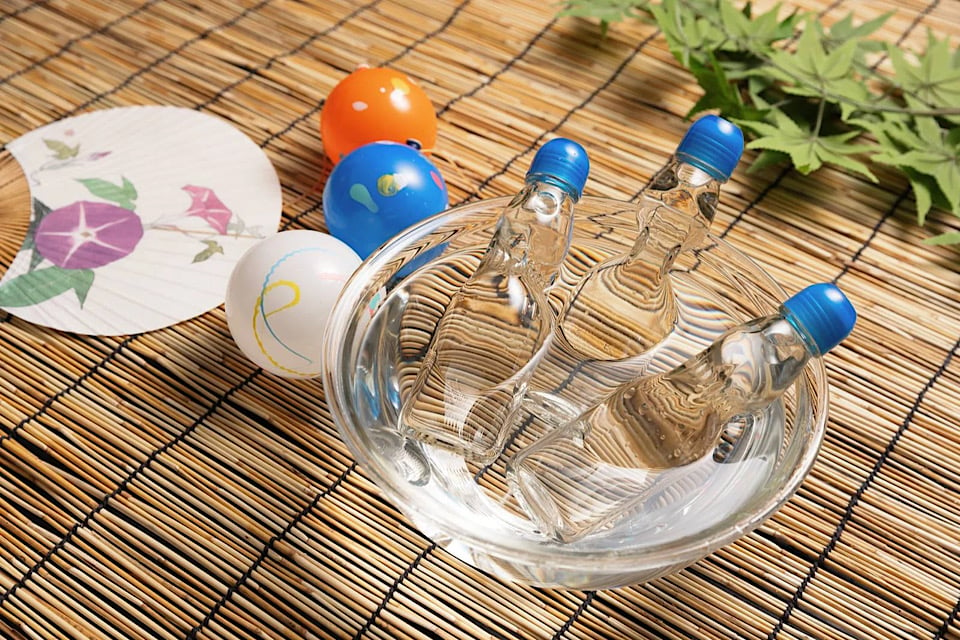
How can we best enjoy Japanese festivals?
Here are some recommended ways to make the most of the experience.
Food:Enjoy traditional Japanese snacks
Yakisoba
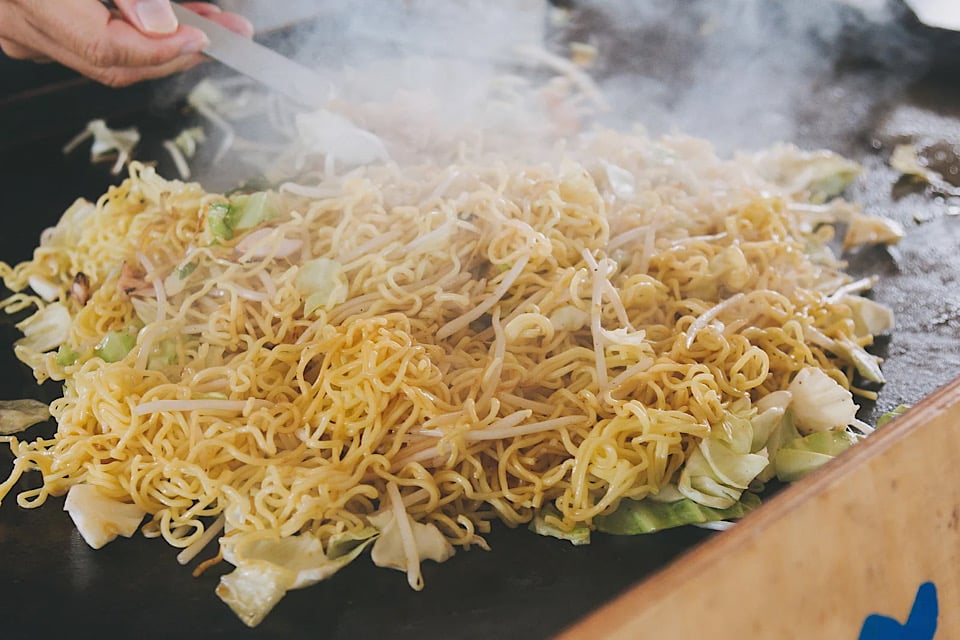
Yakisoba is a popular festival snack made by stir-frying Chinese-style noodles with vegetables and meat, then seasoning it with a savory sauce. It has a deliciously rich and fragrant flavor.
Meat-Wrapped Rice Balls
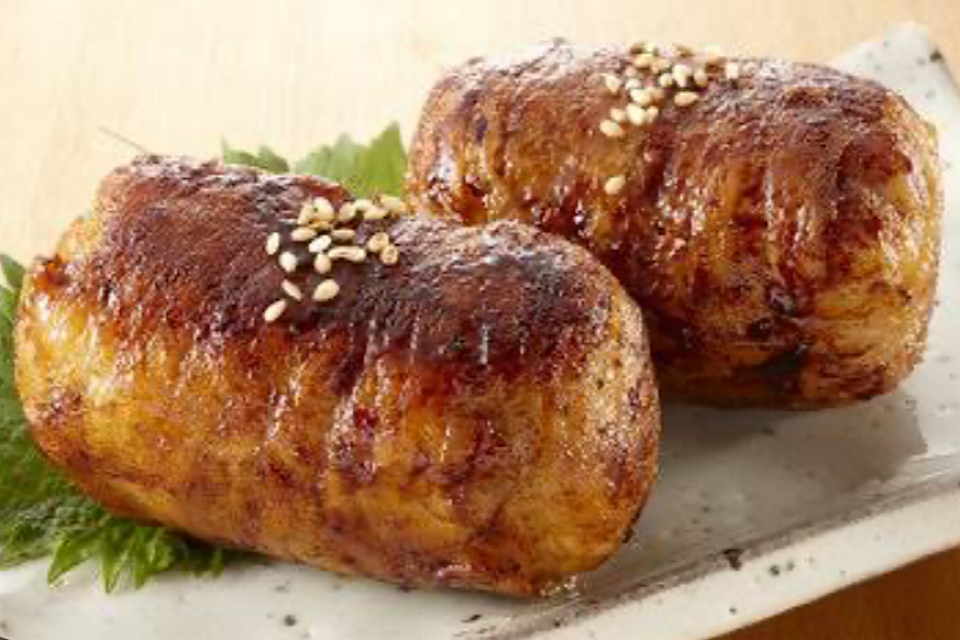
Nikuyaki Onigiri is a delicious snack made by wrapping seasoned rice with marinated meat and grilling it.
The juicy meat pairs perfectly with the warm rice, creating a flavorful treat.
Takoyaki
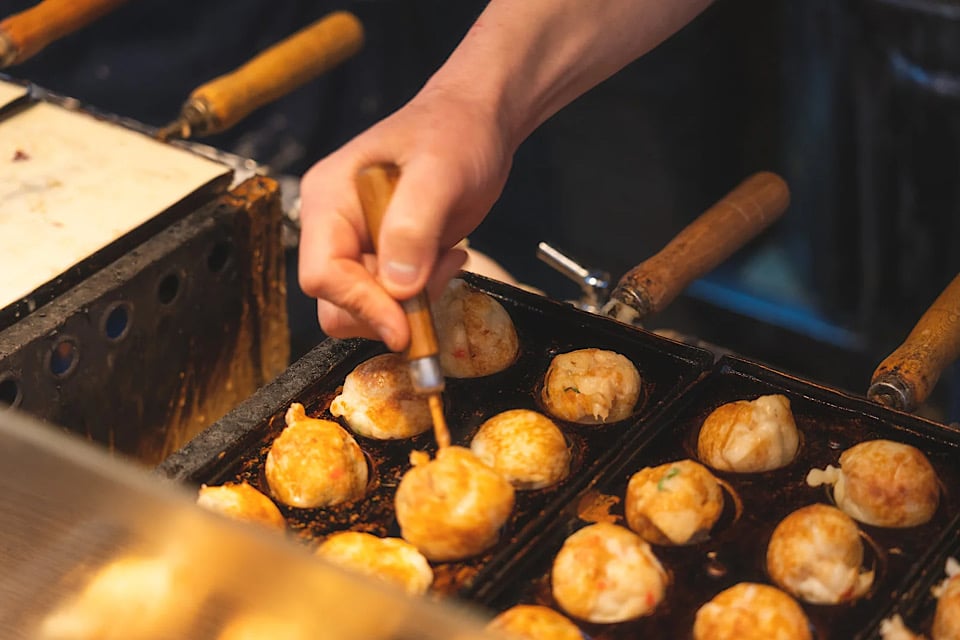
Takoyaki is a popular snack among foreign tourists. It is made from a fluffy batter of flour and eggs, filled with tender pieces of octopus, making it very delicious.
Karaage
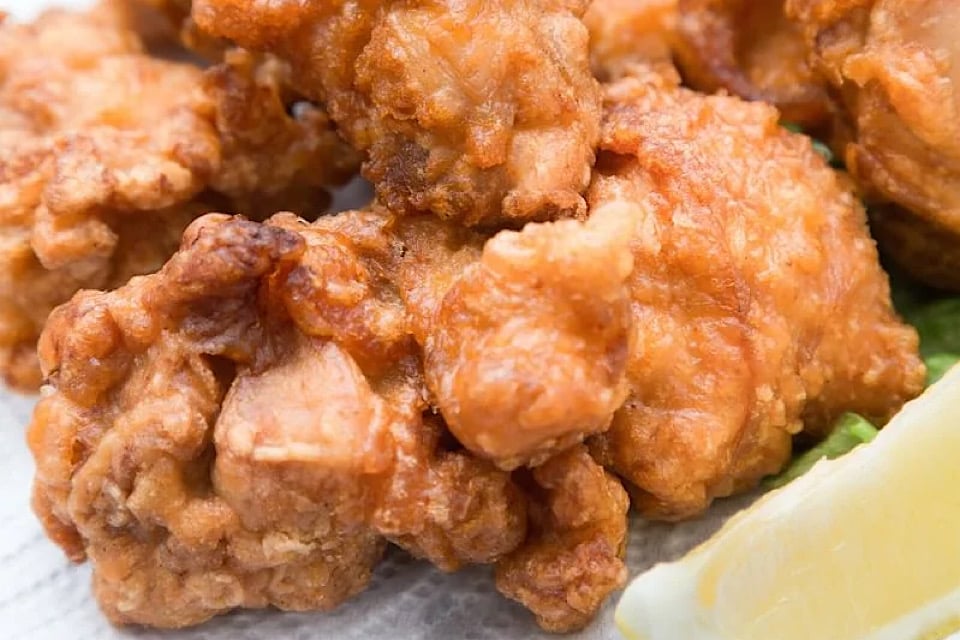
Karaage is Japanese-style fried chicken. It is similar in taste and texture to fried chicken overseas, so even those not familiar with Japanese cuisine can enjoy it with confidence.
Pickled Cucumbers:🍃Vegan Friendly
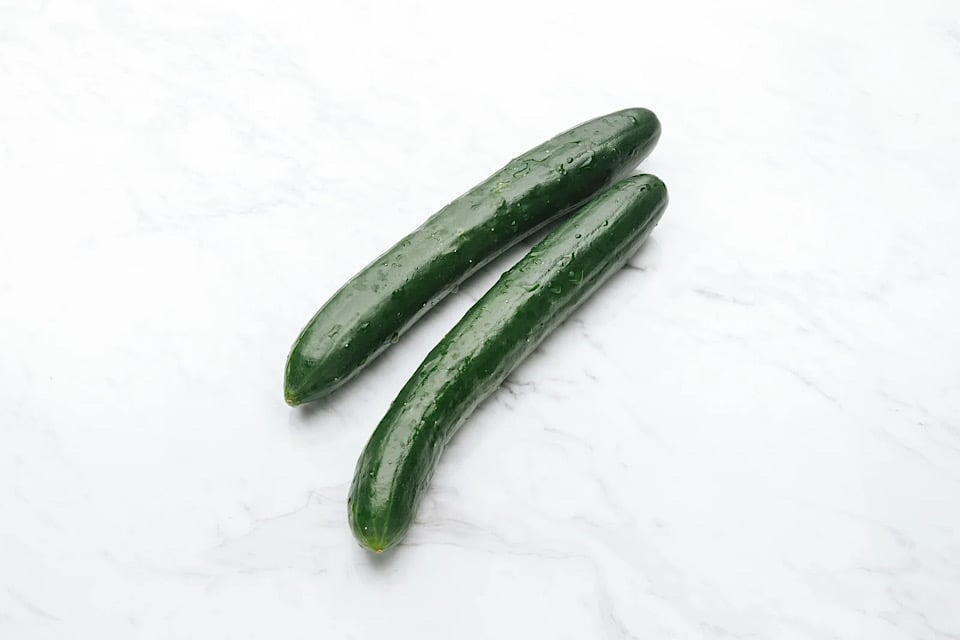
Whole cucumber pickles are fresh cucumbers chilled with ice and seasoned only with salt.
Since they contain only cucumber, ice, and salt, they are also suitable for vegetarians.
Isobe Mochi:🍃Vegan Friendly
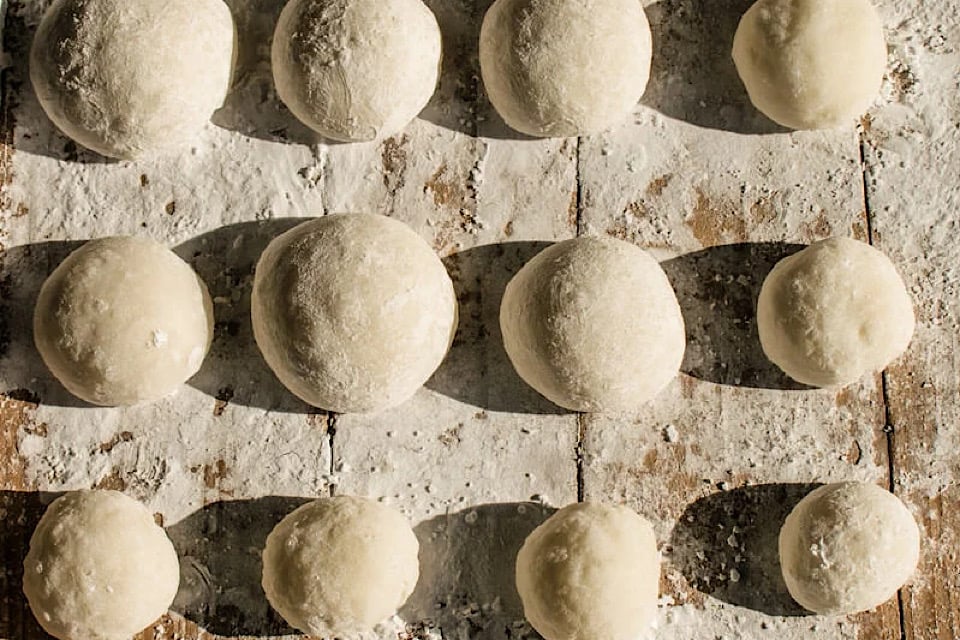
Isobe mochi is a traditional Japanese snacks made by grilling mochi brushed with soy sauce and wrapping it in seaweed. Since it is made from rice, soy-based sauce, and seaweed, it is suitable for vegetarians.
Cotton Candy (Wataame):🍃Vegetarian Friendly
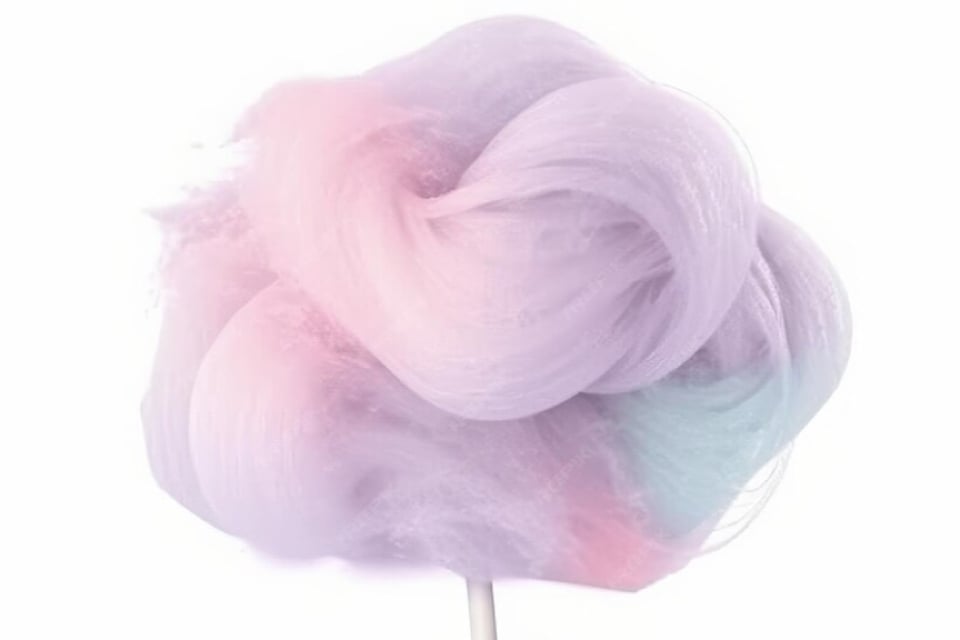
Cotton candy is a sweet made from sugar, characterized by its fluffy texture. It melts in your mouth, providing a delightful sensation. Since it is made from sugar, it is also suitable for vegetarians.
Shaved Ice (Kakigori):🍃Vegetarian Friendly

Shaved ice is a sweet treat made by finely shaving fresh ice and pouring fruit syrup over it. Its cute appearance and the refreshing coolness it brings make it very popular. Since it’s made only from ice and fruit, it’s also recommended for vegetarians.
Chocolate Bananas (Chocobanana):🍃Lacto-vegetarian Friendly

Choco bananas are a sweet treat consisting of bananas coated with chocolate, especially popular among children. Since chocolate often contains dairy products, vegetarians should be cautious.
Baby Castella:🍃Lacto-vegetarian Friendly
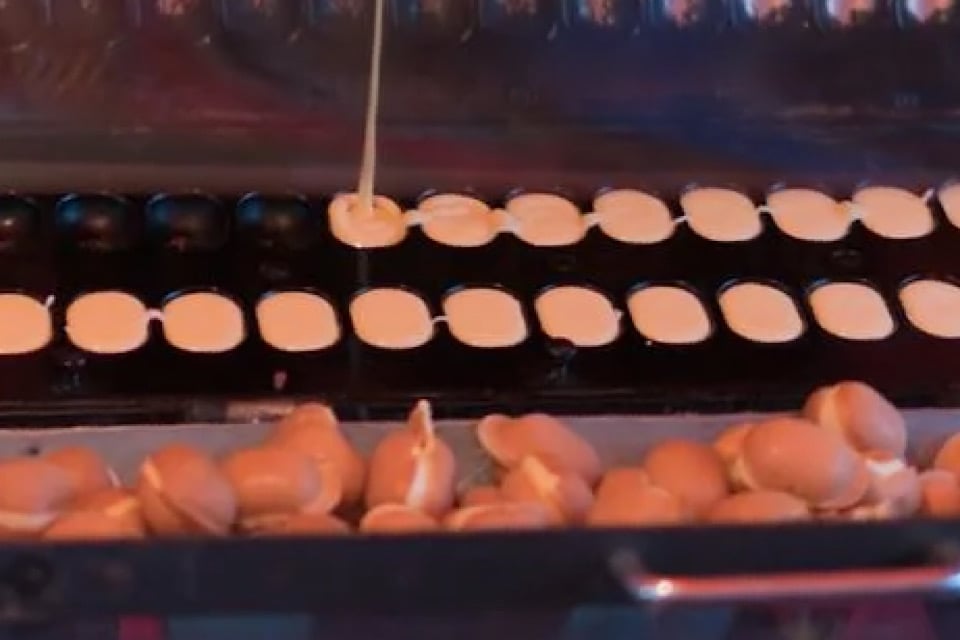
Baby castella are small sponge cakes. Shaped like animals or anime characters, they’re popular for their cute appearance and fluffy, sweet texture. Since they contain milk and eggs, vegetarians should be cautious.
Are you interested in Japanese food?
If so, we recommend this article. It introduces delicious and affordable Japanese dishes, all in one place!

Games: Enjoy Traditional Japanese Games
Yo-yo fishing
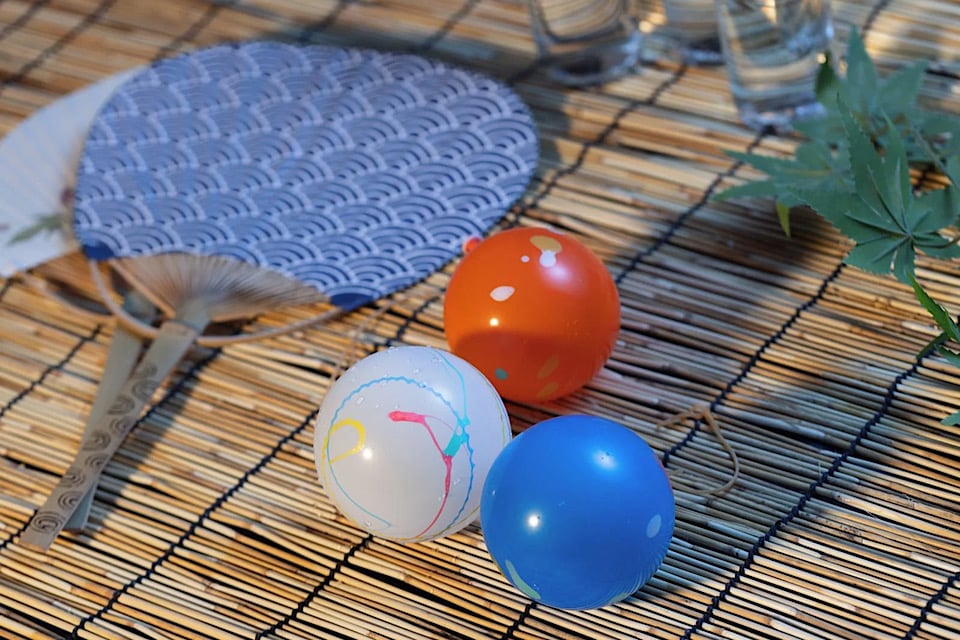
Yo-yo fishing is a game where you catch small water balloons. You can take home the ones you catch. Their cute appearance also makes them perfect for photos.
Shateki

Shateki is a game where you shoot targets with a toy gun. If you hit the target, you can win prizes like stuffed animals and toys. If you’re confident in your shooting skills, show them off in front of your friends or partner!
Summer Festival Activities
Fireworks
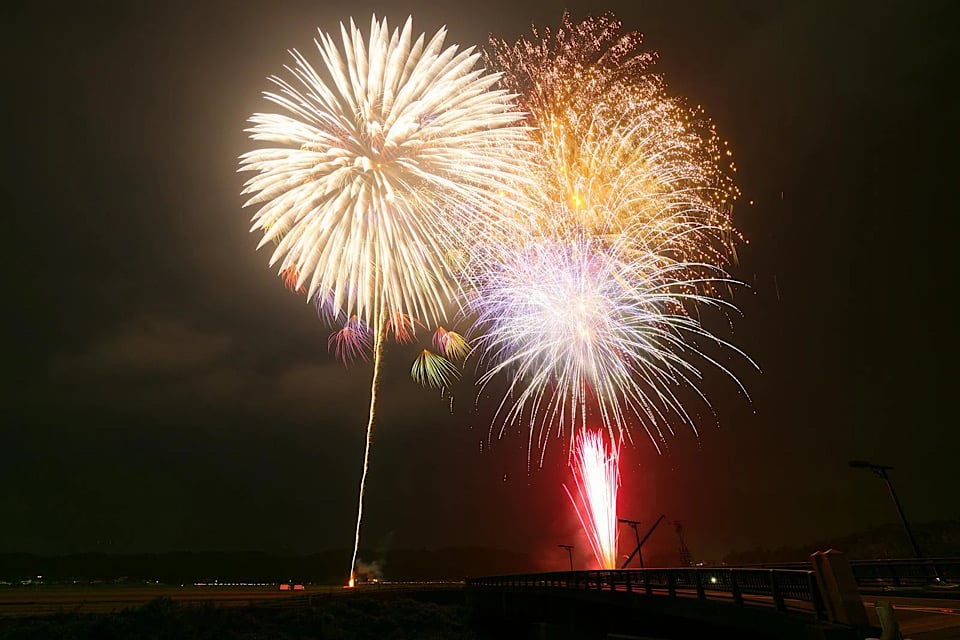
Fireworks are one of Japan’s most iconic traditional cultures and often appear in Japanese anime.
Taking photos of fireworks with classic festival snacks like chocolate-dipped bananas or shaved ice will help you create memories that truly capture the spirit of Japan.
Bon Odori Dance
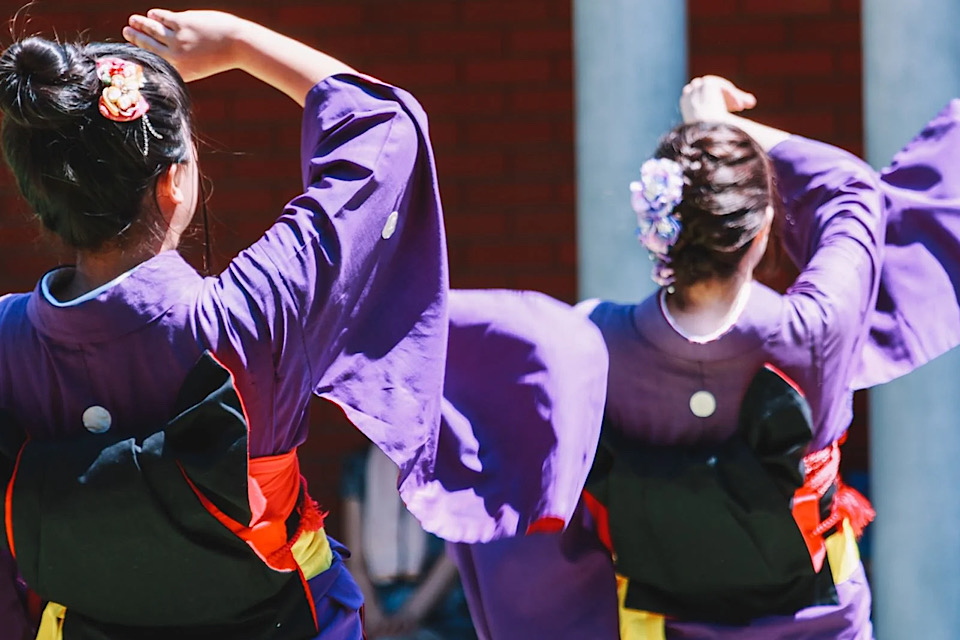
In Japan, people dance the Bon Odori together toward the end of the festival to show their gratitude to their ancestors. The dance is very simple, so we encourage you to join in.
Dancing with Japanese people is a great way to connect with them and deepen your understanding of Japanese culture.
Mikoshi (Portable Shrine)
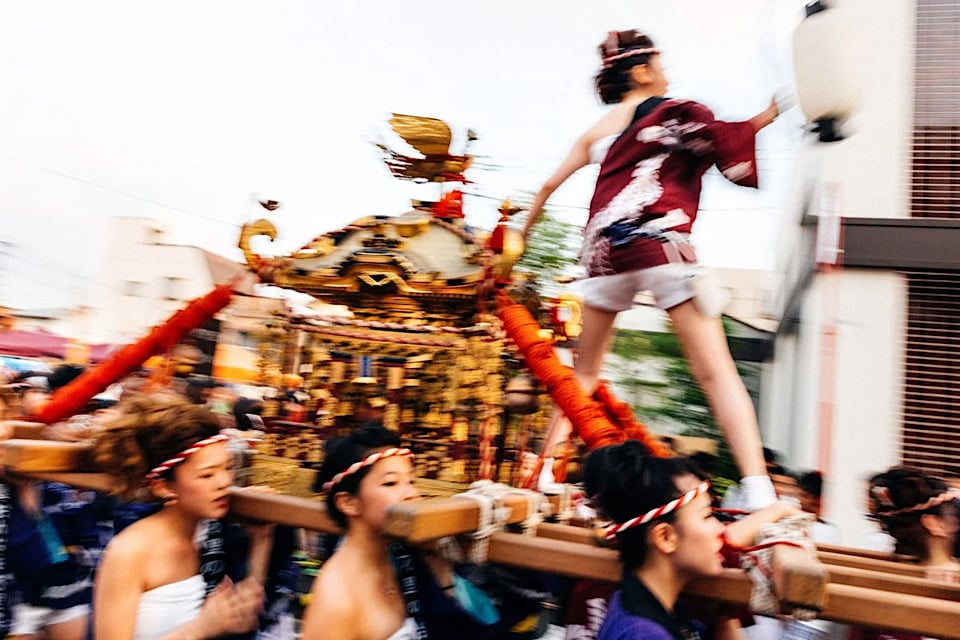
At Japanese festivals, people carry a portable shrine called a mikoshi through the streets, asking the gods to take away misfortune and sadness from the town. Seeing many people lift and carry the mikoshi to the rhythm of traditional music is truly impressive. At some festivals, visitors are even allowed to help carry the mikoshi. If you’re interested, try asking the festival staff.
If you’re interested, please try saying this in Japanese: “Watashi mo sanka shite iidesuka?(Please let me join, too)”
Summer festivals look like a lot of fun!
However, if you’re worried about the heat during Japanese summers, please check out MOTENAS JAPAN’s past articles. They introduce ways to enjoy summer comfortably and stay cool.
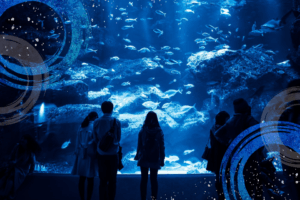
Don’t Like Big Crowds? How to Relax and Enjoy Festivals
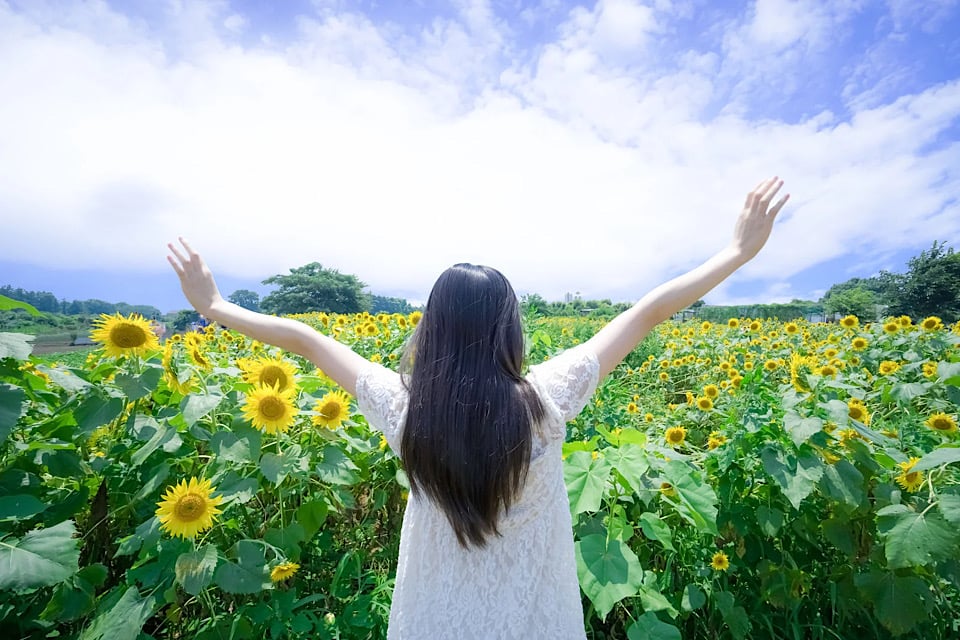
Festivals are very enjoyable, but they can get crowded every year because many people visit.
For those who dislike crowds or worry about getting lost, we will introduce ways to avoid the crowd and enjoy the festival in a relaxed manner.
Reserve Special Seating
Many fireworks festivals offer reserved seating. By reserving a seat, you can comfortably enjoy the fireworks from a spot with a great view.
Recommended event “Fireworks Sinfonia” in Yokohama
This fireworks festival, held in Yokohama close to Tokyo, allows you to relax in a chair while enjoying fireworks accompanied by music. The venue also features an aquarium and an amusement park, so you can enjoy those attractions together.
You can make your reservation here
Book a Hotel
Some Hotel offers a special course where you can enjoy dinner while watching the fireworks from seats with an excellent view.
Spending time savoring a delicious and luxurious dinner while admiring the fireworks will surely become a memorable experience.
This plan allows you to enjoy a dinner while watching the fireworks, creating a special evening.
Join Local Festivals
In Japan, besides the large festivals, there are smaller festivals organized by local communities or shrines. Even at these smaller festivals, you can enjoy traditional Japanese snacks and games.
Since mainly local people attend these events, they are less crowded than the big festivals. If you would like to join, please ask the staff at your hotel or guesthouse about any local festivals happening nearby.
Most reservation pages are written in Japanese, which can be difficult to read, and some people may feel uncertain about making reservations on their own. Please rest assured that MOTENAS JAPAN will assist you with your bookings. If you have any questions regarding fireworks reservations, please contact us here.
6 Recommended Festivals in Japan
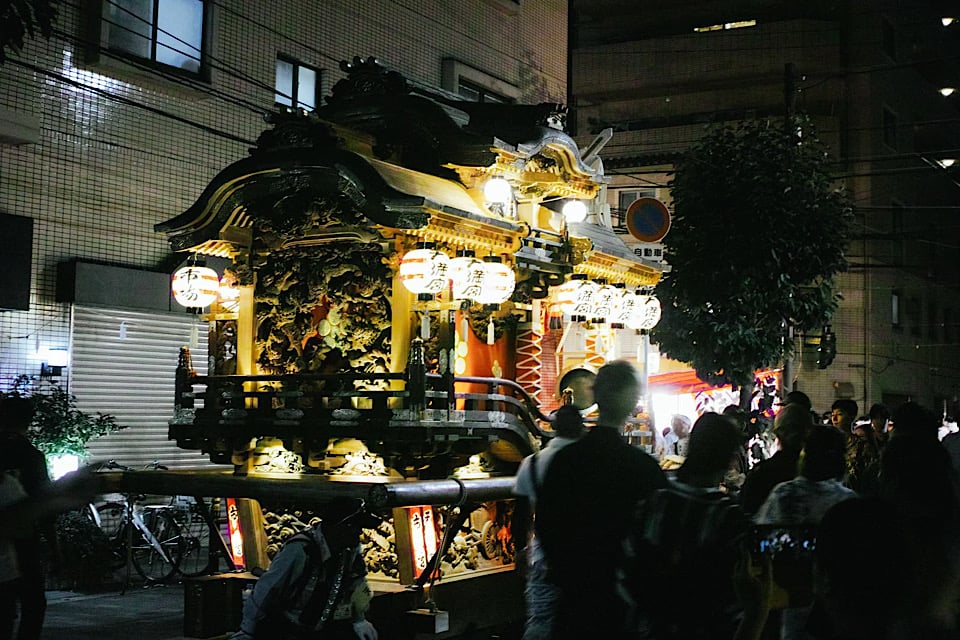
Participating in Japan’s famous festivals is a wonderful opportunity to experience traditional culture and connect with local people. You can enjoy unique experiences such as music, dancing, colorful mikoshi (portable shrines), and delicious festival food. It will surely become an unforgettable memory.
Please note that large festivals can get very crowded, so we recommend reserving seats in advance whenever possible. (Some festivals may not offer reserved seating.)
Aomori:Nebuta Festival |Lantern floats light up the night
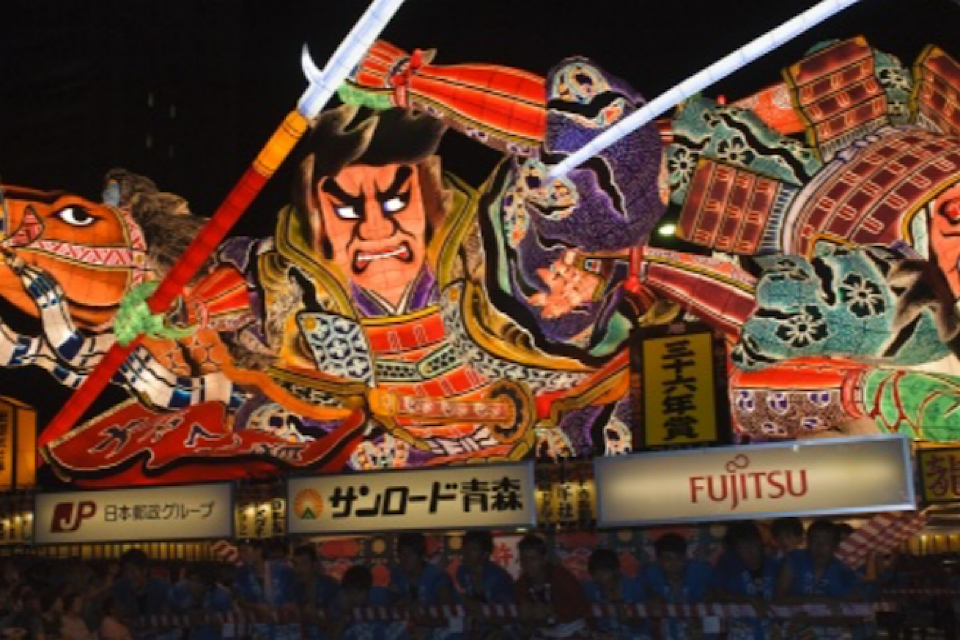
The Aomori Nebuta Festival is a summer event where large and spectacular lantern floats called “Nebuta” parade through the streets at night.
These floats often depict brave warriors and historical figures and move dynamically accompanied by lively traditional music. The dancers called “Haneto” add to the excitement, and spectators are encouraged to join in the dancing. The festival lasts about a week and attracts many visitors every year. It is one of the most famous summer festivals representing Aomori.
Dates: August 2nd to 7th
Location: Aomori City (about a 15-minute walk from Aomori Station)
Main highlight: The impressive parade of gigantic and beautifully crafted Nebuta lantern floats moving under the night sky
Official website
You can make your reservation here.
Tokyo : Kanda Festival|A grand festival of Edo tradition
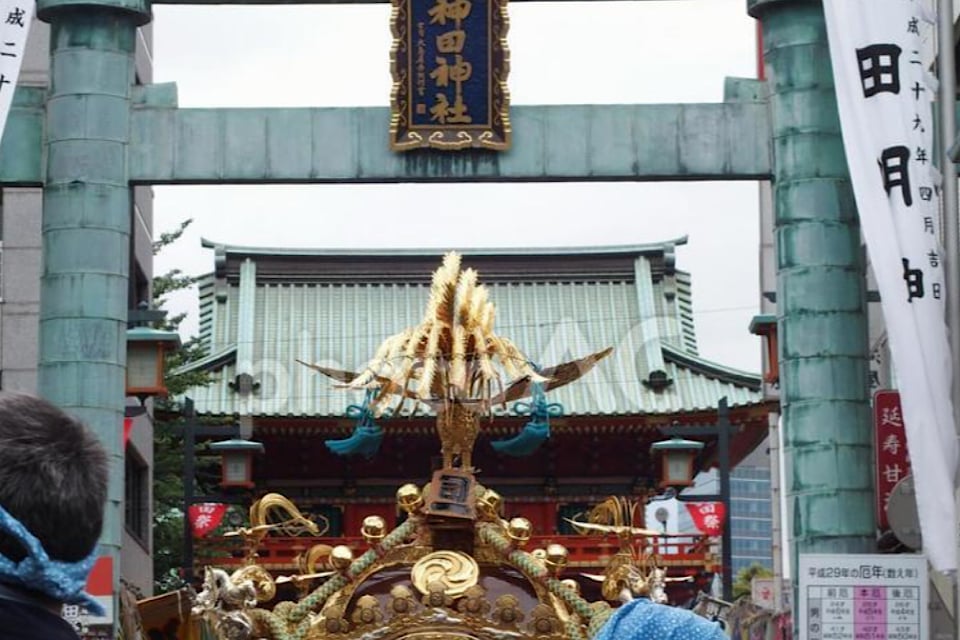
The Kanda Festival is one of Tokyo’s most famous traditional festivals, with a history spanning approximately 400 years. It is held every mid-May, centered around Kanda Myojin Shrine.
The festival’s highlight is the lively mikoshi (portable shrine) procession that parades energetically through the streets. Numerous carriers work together to shake and carry the mikoshi, creating a vibrant and festive atmosphere.
The festival also features food stalls and traditional performances, making it a popular event for locals and tourists alike. It is cherished as a celebration of Tokyo’s history and culture.
Dates: Mid-May (usually held every two years, but special events may occur annually)
Location: Kanda Myojin Shrine area, Tokyo (about a 5-minute walk from Kanda Station)
Main highlight: The energetic mikoshi procession through the streets of Tokyo
Kyoto : Gion Festival|Kyoto’s traditional festival with over 1,000 years of history
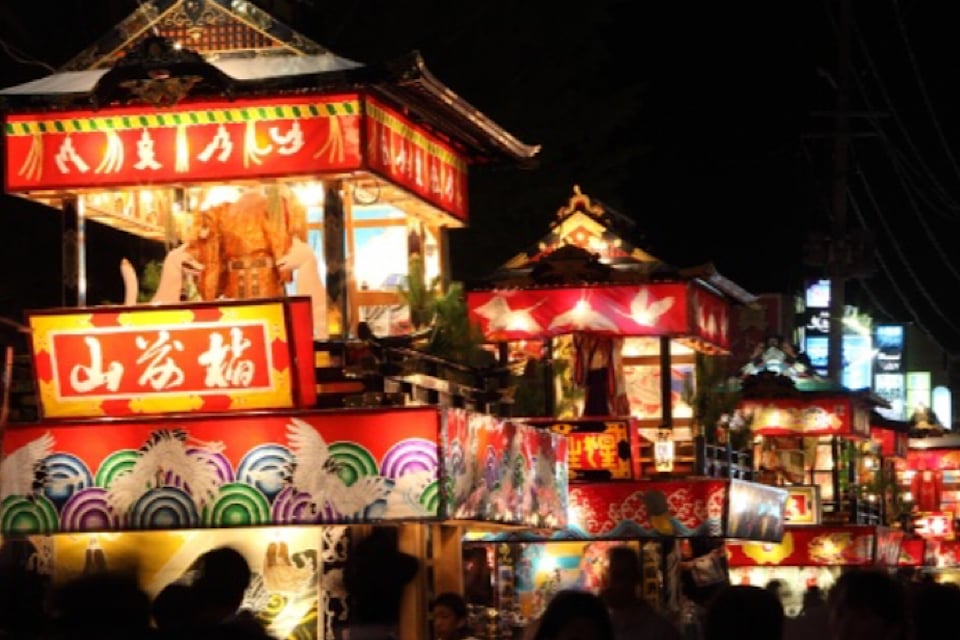
The Gion Festival is one of Japan’s three major festivals, boasting a history of over 1,000 years.
It takes place throughout July in central Kyoto.
The festival’s highlight is the grand parade of elaborately decorated yamahoko floats that travel through the streets. Participants dressed in traditional costumes and the lively music of the festival bands add to its charm.
The festival also serves as a ritual to pray for the prevention of epidemics. It is a vibrant event that colors Kyoto’s summer.
Dates: July 1st to 31st
Location: Central Kyoto (near Karasuma and Kawaramachi Stations)
Main highlight: The spectacular yamahoko float procession through the streets of Kyoto
Official website
Osaka : Tenjin Festival |A river and fire festival, symbol of Osaka’s summer
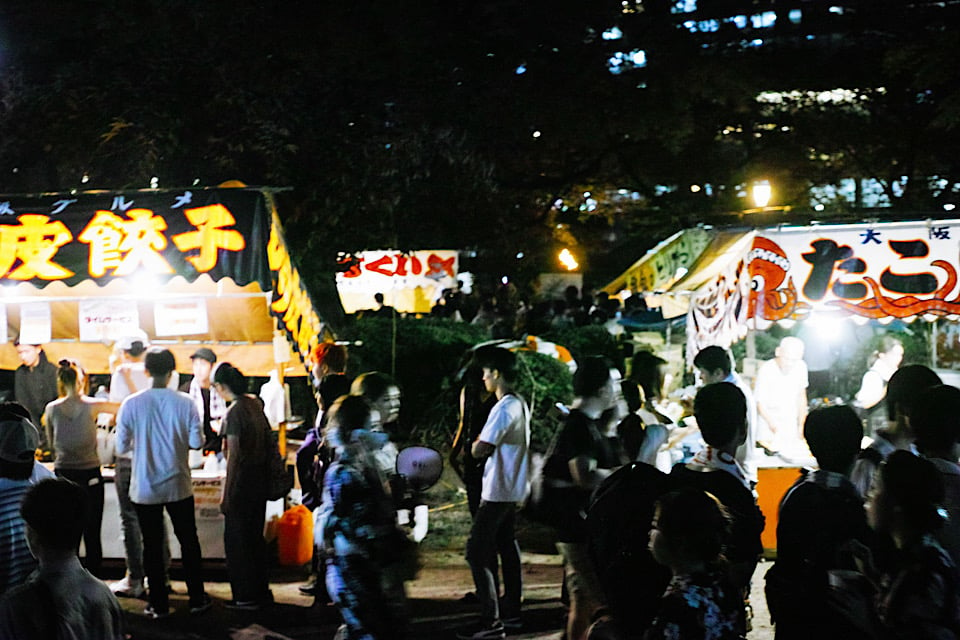
The Tenjin Festival is one of Japan’s three major festivals, held annually in July in Osaka. Centered around Osaka Tenmangu Shrine, it features lively mikoshi (portable shrine) processions and boat parades, attracting large crowds.
The nighttime fireworks display and boat procession are the festival’s highlights, offering a magical scene with fireworks and lanterns reflecting on the river. It is a vibrant and traditional festival cherished by locals and visitors alike.
Dates: July 24th to 25th
Location: Osaka City (near Temmabashi Station, about a 5-minute walk)
Main highlight: Nighttime fireworks and the enchanting boat procession on the river
Tokushima : Awa Odori|Dance and energy light up the summer
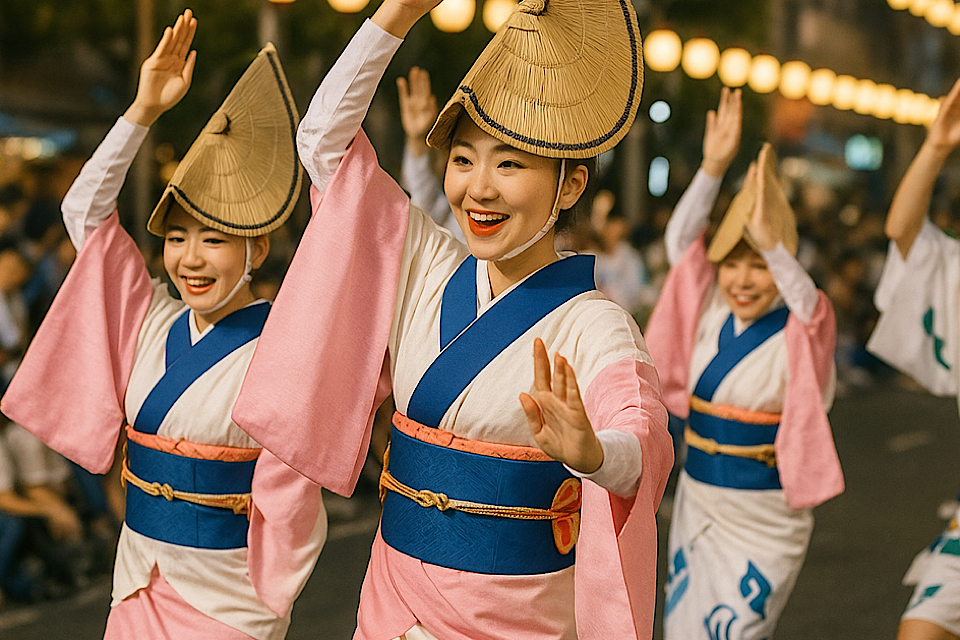
Awa Odori is one of Japan’s most famous dance festivals, held every August in Tokushima Prefecture. Known for the saying “The dancers are fools, the watchers are fools,” the festival invites everyone to join the dance.
The entire city is filled with the energy of dancers moving to the beat of traditional instruments. People of all ages wear colorful costumes and perform spirited dances through the streets.
Dates: August 12th to 15th
Location: Tokushima City (about a 10-minute walk from Tokushima Station)
Main highlight: The lively street dances where thousands of performers and visitors dance together
Kochi :Yosakoi Festival|Vibrant dances ignite the city
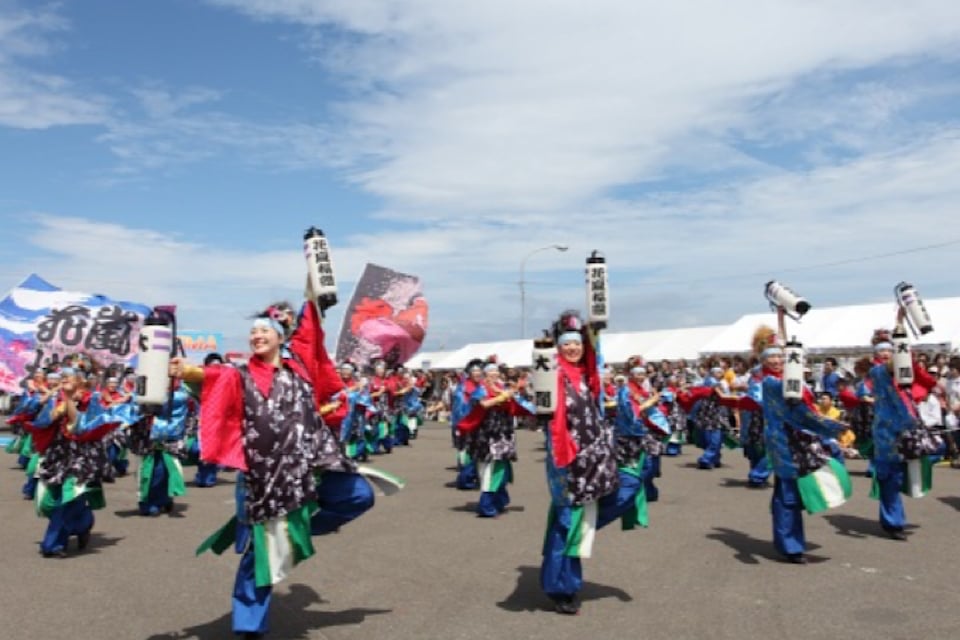
The Yosakoi Festival is a lively dance celebration held every August in Kochi City.
Dancers carrying wooden clappers called naruko parade through the streets, performing energetic routines set to powerful music.
The festival blends tradition and modernity, creating vibrant performances that invite the audience to join in. The entire city buzzes with excitement.
Dates: August 9th to 12th
Location: Kochi City (about a 10-minute walk from Kochi Station)
Main highlight: Colorful parades of dancers with naruko performing dynamic choreographies through the streets
Official website
Wonderful memories: Festival and Sightseeing Plans offer by MOTENAS JAPAN
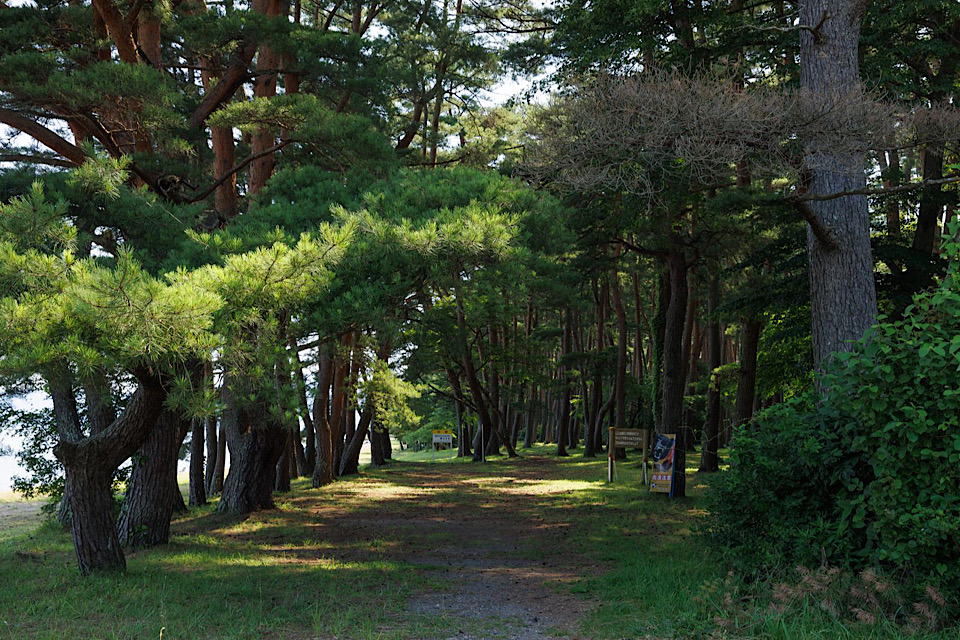
Enjoying the festival is wonderful, but why not make the most of it by combining it with sightseeing? We have prepared luxurious plans that include both festivals and sightseeing.
Please note: Each plan requires advance reservations for hotels and facilities. As the festival approaches, reservations may fill up quickly. If you feel unsure about booking, feel free to contact MOTENAS JAPAN—we can help make the reservations for you.
If you would like to contact MOTENAS JAPAN, click here.
Sightseeing Plan with Fire work
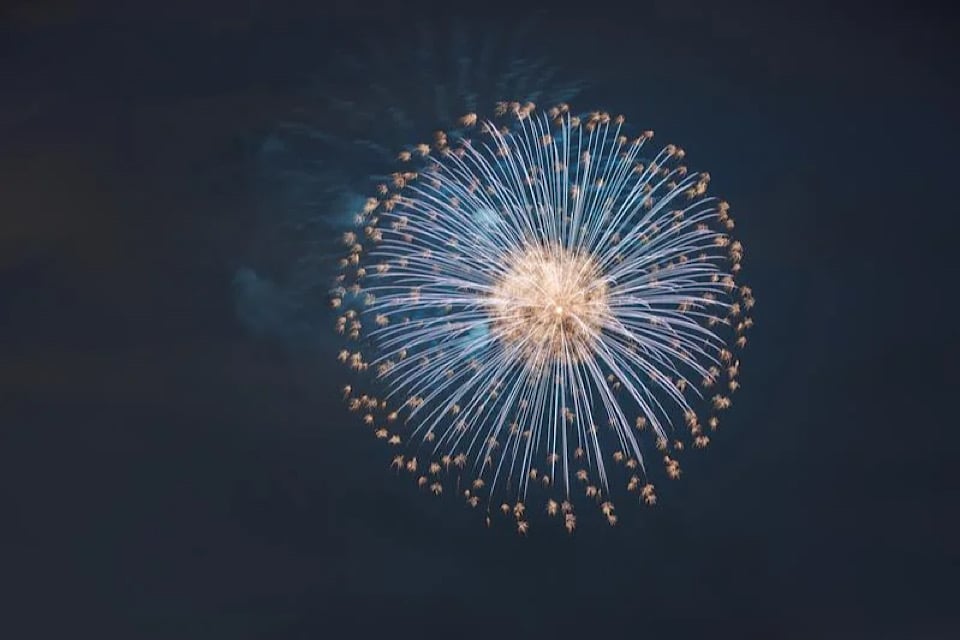
This is a luxurious plan where you can fully enjoy fireworks and sightseeing.
At night, you can watch the fireworks up close from Tokyo Skytree, the tallest tower in Japan, and relax with an overnight stay at a nearby hotel.
| Time | Activity | Note |
| 9:00 AM – 12:00 PM | Arrive at Tokyo Skytree Town. Visit attractions like the Sumida Aquarium or the Postal Museum Japan. | |
| 12:00 PM – 1:30 PM | Enjoy lunch at one of the many restaurants in Tokyo Solamachi, the shopping complex at the base of Skytree. | |
| 1:30 PM – 3:00 PM | Take a leisurely stroll along the Sumida River or explore the nearby Asakusa district, known for the historic Senso-ji Temple and traditional shopping streets. | |
| 3:00 PM – 4:30 PM | Return to your hotel to freshen up and prepare for the evening festivities. | |
| 5:00 PM – 5:30 PM | Arrive at Tokyo Skytree for the special fireworks viewing event. | only 330 tickets are available through a lottery system for access to the observation area from 6:00 PM to 8:30 PM. |
| 6:00 PM – 8:30 PM | Enjoy the 48th Sumida River Fireworks Festival from the Skytree’s observation deck. | While dining options during the event may be limited, consider having a light meal beforehand. |
Sightseeing Plan with Aquarium
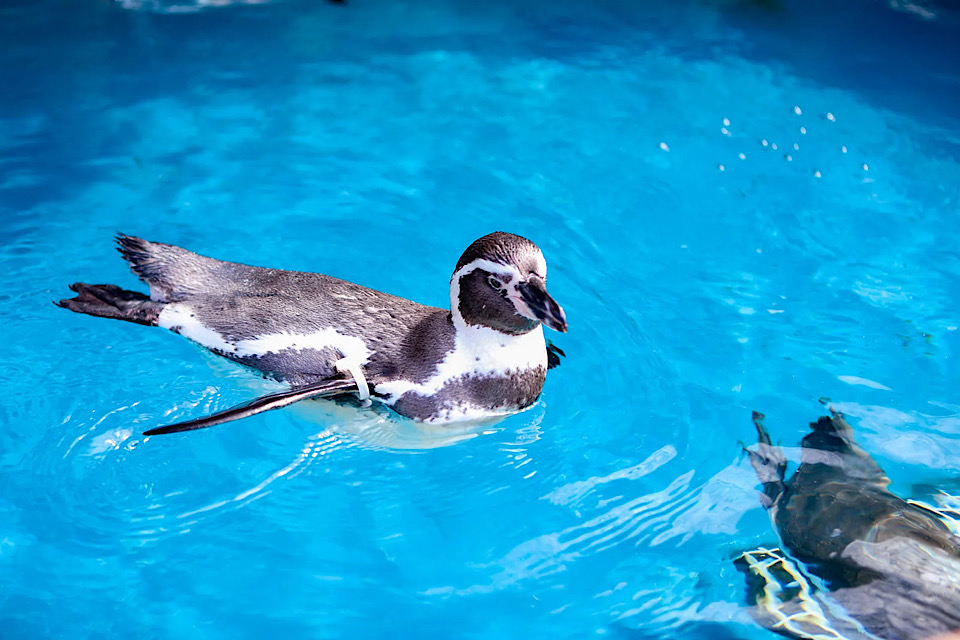
For those who want more than just a festival, this luxurious plan lets you interact with marine animals, enjoy amusement park attractions, and end the night with fireworks accompanied by music.
Since you can enjoy the aquarium, amusement park, and fireworks all in one place, there’s little need to move around.
| Time | Activity |
| 10:00 AM | Arrival and Aquarium Visit Start your day at the “Aqua Museum” to leisurely observe marine life. Don’t miss the jellyfish exhibits and dolphin shows. |
| 11:30 AM | Enjoy Attractions and Amusement Park Experience various rides like roller coasters and the Ferris wheel, perfect for families and friends. |
| 12:30 PM | Lunch Enjoy a meal featuring seafood and local ingredients at one of the island’s restaurants. |
| 2:00 PM | Interactive Marine Animal Experiences Visit touch pools and exhibits of penguins and otters at a relaxed pace. |
| 5:30 PM | Move to Fireworks Symphonia Venue and Take Your Seat Prepare leisurely for the show. |
| 7:00 PM to 8:30 PM | Watch the Fireworks Symphonia Enjoy the spectacular collaboration of music and fireworks light display. |
Sightseeing Plan with Gion Festival
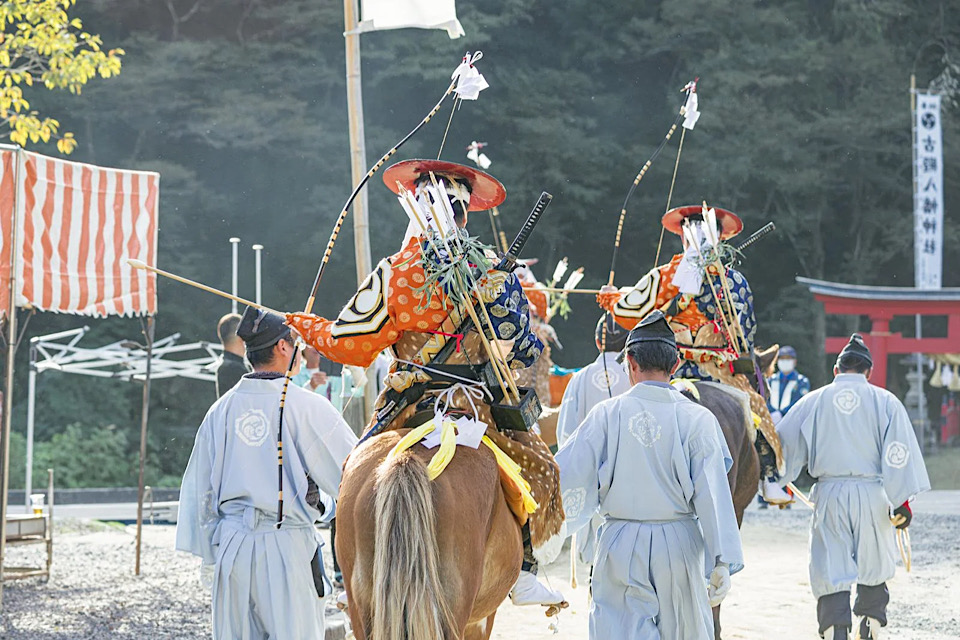
This is a luxurious plan where you can comfortably watch the Gion Festival—one of Japan’s most traditional and famous festivals—from special reserved seats, then enjoy sightseeing, and finally relax leisurely at your hotel.
| Time | Activity |
| 1:00 PM – 3:00 PM | Explore the Gion Area Take a stroll through the traditional streets of Gion and try to spot a Maiko (apprentice geisha). Visit Yasaka Shrine to feel the history of the Gion Festival. |
| 3:00 PM – 5:00 PM | Watch the Gion Festival Yamahoko Parade from Reserved Seating Enjoy the magnificent Yamahoko float procession comfortably from your reserved seat. Experience the history and excitement up close. |
| 5:00 PM – 6:00 PM | Take a Break at a Tea House or Café Relax at a Japanese-style café around Gion, enjoying matcha tea and traditional sweets. |
| From 6:30 PM | Check in at a Hotel in Gion or Kawaramachi Area Stay at a conveniently located hotel within walking distance and unwind after a full day. |
Enjoy the Summer Festival to the Fullest!
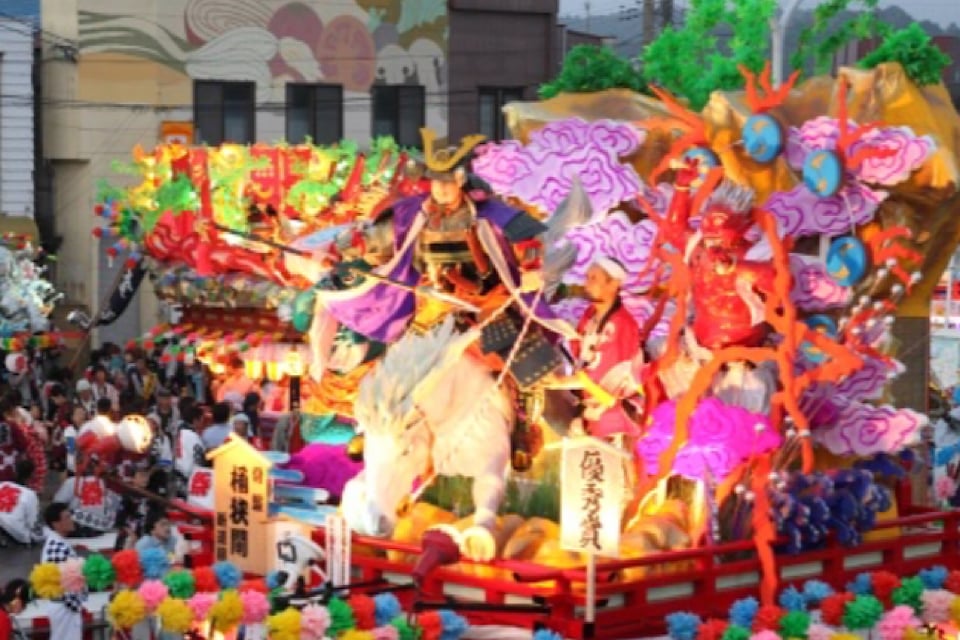
Japanese festivals are a truly special experience where you can enjoy colorful decorations, lively music, and delicious street food that engage all your senses.
But at their heart, these festivals are deeply spiritual, filled with prayers and gratitude to the gods and ancestors. By joining in, you can connect with the spirit of the Japanese people and create unforgettable memories.
We encourage you to discover the unique charm of Japanese culture through its festivals.
At MOTENAS JAPAN, we can help you plan festival and sightseeing packages, make festival reservations, and arrange nearby hotel bookings. If you are visiting Japan, please feel free to contact us.

After graduating from Kansai University, I joined JTB as a new graduate and worked in the inbound tourism sector.
After getting married, I moved to Australia due to my husband’s work and obtained a diploma in early childhood education there.
I am currently working at a kindergarten while also working as a writer.





